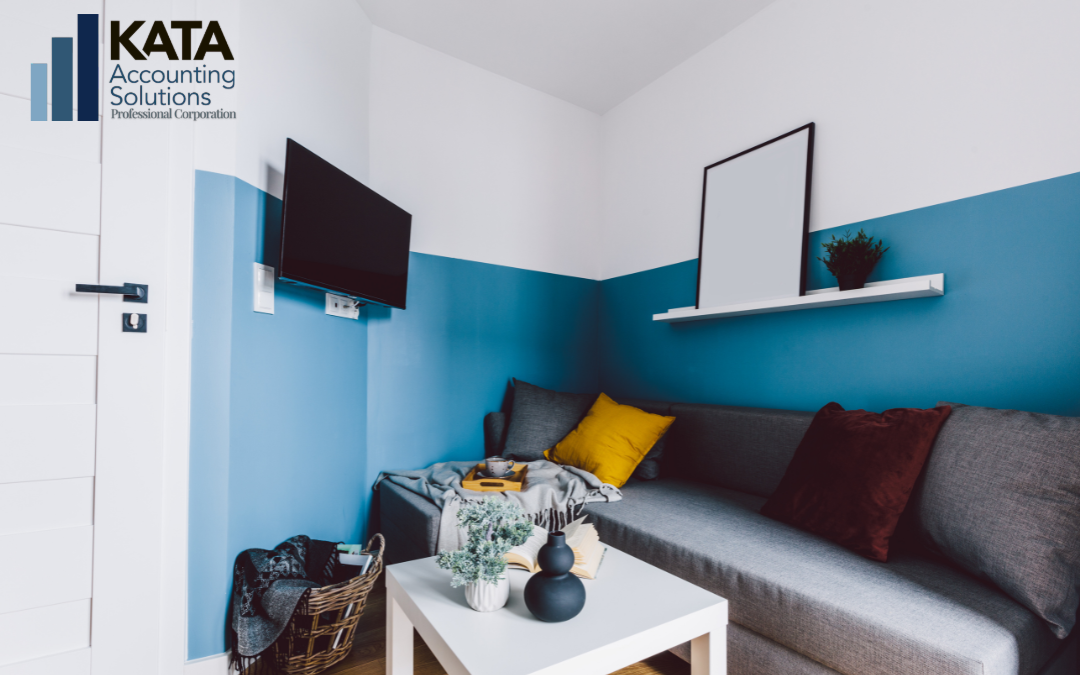Secondary Suites: A Plan for Navigating Canada’s Housing Crisis?
Canada is currently grappling with a significant housing crisis, characterized by soaring prices and limited availability, particularly in major urban centers. Finding affordable and suitable housing has become a major challenge for many Canadians. In the search for solutions, secondary suites are increasingly being recognized as a valuable tool to increase housing supply and affordability.
What are Secondary Suites?
A secondary suite is a self-contained living unit located within or on the same property as a primary dwelling. These can take various forms, such as:
- Basement apartments: A common type, often involving the conversion of a basement into a separate living space.
- Accessory dwelling units (ADUs): These can be attached to the main house (like an in-law suite) or detached (like a laneway house or a garage apartment).
These suites typically include their own kitchen, bathroom, and sleeping area, allowing for independent living.
The Potential of Secondary Suites in Addressing the Housing Crisis:
Secondary suites offer several potential benefits in tackling Canada’s housing challenges:
- Increased Housing Supply: By creating more units within existing residential areas, secondary suites can contribute to a gentler form of densification without drastically altering neighborhood character. This can help alleviate the shortage of rental units, especially in high-demand areas.
- Enhanced Affordability: Rental costs in secondary suites are often more affordable compared to traditional apartments or single-family homes. This provides more accessible housing options for individuals and families with tighter budgets.
- Income Generation for Homeowners: Secondary suites can provide homeowners with a valuable source of rental income, helping them to offset mortgage costs and improve their financial stability. This can be particularly beneficial for first-time homebuyers and older people on fixed incomes.
- Multigenerational Living: Secondary suites offer flexible living arrangements for extended families, allowing aging parents, adult children, or other relatives to live close by while maintaining their privacy and independence.
- Efficient Use of Existing Infrastructure: Adding secondary suites makes better use of existing land and infrastructure (roads, utilities, etc.) compared to developing entirely new housing in greenfield areas.
Government Initiatives and Support:
Recognizing the potential of secondary suites, the Canadian government has introduced initiatives to encourage their development:
- Canada Secondary Suite Loan Program: This program provides low-interest loans (currently up to $80,000 at 2% interest with a 15-year repayment term) to homeowners to finance the construction or renovation of secondary suites intended for long-term rental.
- Mortgage Refinancing Options: As of January 15, 2025, homeowners with insured mortgages can refinance their existing mortgages (up to 90% of the post-renovation property value, with a maximum property value of $2 million and a 30-year amortization period) to fund the creation of secondary suites intended for long-term rental.
- Multigenerational Home Renovation Tax Credit (MHRTC): This is a refundable tax credit designed to help eligible individuals with the cost of renovating their home to create a self-contained secondary unit that allows a qualifying relative (a senior aged 65 or older, or an adult eligible for the disability tax credit) to live with them.
Navigating Regulations and Challenges:
While secondary suites present a promising solution, their development is subject to various regulations and potential challenges:
- Zoning Bylaws: Municipalities have specific zoning bylaws that dictate where secondary suites are permitted, their size, parking requirements, and other conditions. These bylaws can vary significantly between cities and even within different zones of the same city. It’s crucial for homeowners to consult their local authorities to understand the specific regulations in their area. Many municipalities are adjusting their by-laws to allow for such secondary units to be built, so it would be a good idea to speak with your local councillor as well.
- Building Codes: Secondary suites must comply with local building codes to ensure the safety and habitability of the unit. This includes requirements for fire safety (e.g., fire separation, smoke alarms), ventilation, and egress. Obtaining the necessary building permits is essential.
- Financing and Costs: While government programs offer financial assistance, the initial costs of constructing or renovating a secondary suite can still be substantial, depending on the scope of the project. Careful budgeting and exploring available financing options are important.
Secondary suites offer a practical and multi-faceted approach to addressing Canada’s housing crisis. By increasing the supply of affordable rental housing, providing income opportunities for homeowners, and promoting efficient land use, they can play a significant role in creating more sustainable and inclusive communities. The growing recognition and support for secondary suites through various government programs and tax credits highlight their increasing importance in Canada’s housing landscape.
As the housing crisis continues to evolve, secondary suites are likely to remain a key part of the conversation and a tangible solution for many homeowners and renters across the country.
Are you considering adding a secondary suite to your property? At KATA Accounting, we can guide with the financial implications of the Canadian housing market.
We can help you understand the regulations, assess the financial feasibility, and plan on creating a secondary suite. Contact us today for a consultation and let us help you balance your decisions about your property and financial future. Click here: Contact us/Consultation
